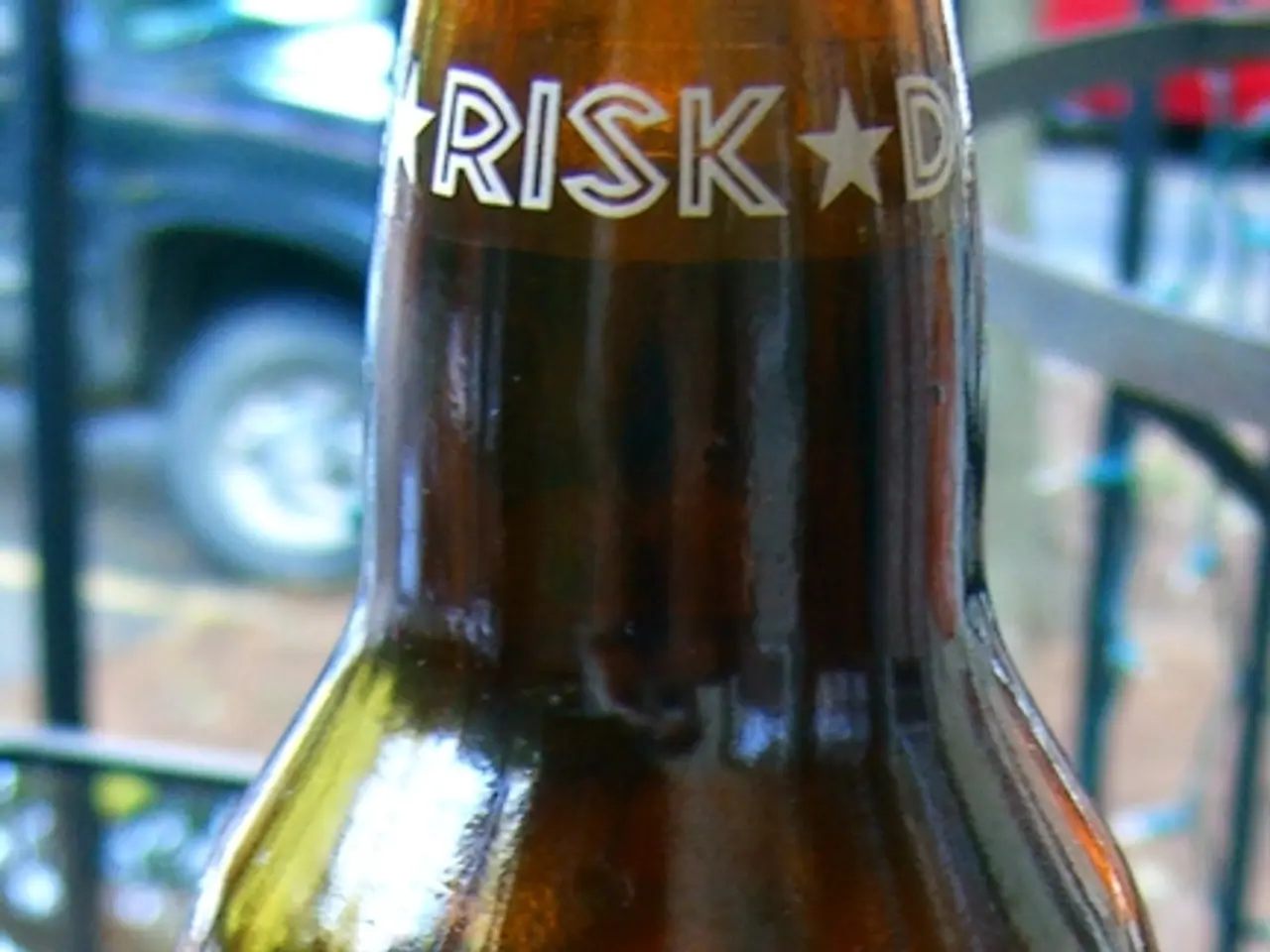Controversial View: Skin Expert Challenges Trendy Tan Lines
Warning Issued Against Intentional Sunburn Tattoos and Tan Lines
A growing trend on social media, where users create "sunburn tattoos" or intentionally achieve tan lines, is causing concern among health experts. This practice, which involves exposing certain parts of the body to the sun without sunscreen, is associated with significant health risks due to the damage caused by ultraviolet (UV) radiation exposure.
According to dermatologist Afschin Fatemi, the trend of tanned skin is "quite dangerous." He explains that a tan is not a sign of healthy skin, and tanning can lead to premature skin aging and, in the worst case, skin cancer.
Each sunburn, whether severe or mild, causes DNA mutations in skin cells that raise the risk of developing skin cancer later in life. Even repeated moderate sunburns or tanning booth use have been linked to cancers in younger adults.
Sunburn is an acute inflammatory reaction caused by overexposure to UVB rays penetrating the skin, damaging the epidermis layer and leading to redness, peeling, and pain. Repeated UV exposure and sunburn increase wrinkling and skin texture changes, causing the skin to age faster than it naturally would.
One of the key risks associated with intentionally sunburning to create "tattoos" or pronounced tan lines is impaired skin integrity. Sunburned skin peels and can interfere with other skin treatments such as tattooing, potentially causing uneven ink distribution and difficulties in healing.
Public health warnings emphasize that this behavior, motivated by social media trends, can have lifelong and sometimes fatal consequences. Dermatologists recommend safer alternatives such as spray tans and consistent use of sunscreen and sun-protective clothing to enjoy outdoor activities without risking skin damage.
When staying in the sun, it's recommended to protect oneself with a hat, sunglasses, and a high sun protection factor sunscreen for uncovered skin areas. Applying self-tanner is time-consuming but not harmful, and it can help achieve tan lines without increasing the skin cancer risk.
However, those with skin conditions like neurodermatitis or psoriasis should avoid self-tanner as its chemical ingredients can cause skin irritation in sensitive skin. It's always best to consult a dermatologist before using any new skincare products.
In summary, intentionally creating sunburn tattoos or tan lines exposes the skin to harmful UV radiation that damages DNA, raises skin cancer risk, causes premature aging, and increases inflammation and skin injury—making it a hazardous practice with severe long-term health consequences.
[1] Skin Cancer Foundation. (2021). Sunburn and Skin Cancer. Retrieved from https://www.skincancer.org/prevention/dont-get-burned/sunburn [2] American Academy of Dermatology. (2021). Sunburn. Retrieved from https://www.aad.org/public/diseases/skin-care/sun-damage/sunburn [3] Mayo Clinic. (2021). Sunburn. Retrieved from https://www.mayoclinic.org/diseases-conditions/sunburn/symptoms-causes/syc-20374537 [4] World Health Organization. (2021). Skin Cancer. Retrieved from https://www.who.int/news-room/fact-sheets/detail/skin-cancer [5] American Society for Dermatologic Surgery. (2021). Sunburn and Skin Cancer. Retrieved from https://www.asds.net/public-education/skin-cancer/sunburn-and-skin-cancer
- Intentional sunburn tattoos or tan lines are a concerning trend in health-and-wellness, as they significantly increase the risk of skin cancer and premature aging due to UV radiation exposure.
- Mental-health experts are alarmed by the growing trend of intentionally causing sunburn tattoos or tan lines, as it could potentially lead to long-term health consequences that are both lifelong and fatal.




